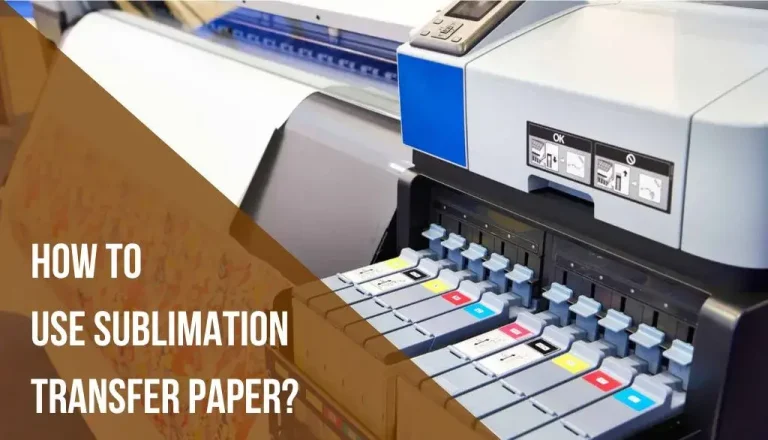How to Find the Printer Port Name? Types of Printer Port
The parallel port is commonly referred to as a printer port name since most people use it to hook up their printers. Parallel ports come in three types: standard, Extended Capabilities Port (ECP), and Enhanced Parallel Port (EPP).
In this article, I will explain some types of printer port names and their common, uses of printer, and factors. And how to connect these ports. So just read till the end.
Lets review!
Types of Printer Port Names:
1. Hardware Printer Ports

The most common types of printer ports are:
- Parallel port: This is a 25-pin connector with a Centronics port on the end that connects to the printer and uses IEEE-1284 cables.
- SCSI port: Used with cables and printers that support SCSI.
- USB port: Currently the most commonly used connector for printers.
2. Software Printer Ports

Parallel printers also have software ports. There are four LPT ports: LPT1, LPT2, LPT3, and LPT4. For more information about LPT ports, check out our definition.
These LPT printer port names can directly be connected to the printer. However, these printers are versatile and easier to use.
Also Read: Best Cheapest Sublimation Printer
What is a network and standalone printer?
Network printers can be used by multiple computers connected to the same network. Non-network printers need to be connected to a computer.
so they can print printer port name files. Stand-alone printers connect directly to the network and don’t require any computer connections.
You can get a network printer that’s standalone or connected to a computer. Other devices on the network need to relay the connection to the printer.
if they want to print from other devices on the network.
Difference between Network Printer and Local Printer
A local printer connects to a computer via USB, and a network printer is connected to a router, not directly to the computer.
At least one computer was connected to the router. Two types of connections can be made, wireless or Ethernet.
Final Verdict:
A printer port name is a physical or logical connection between a computer and a printer. There are two kinds of printer ports: hardware and software. Hardware ports are Software ports that are virtual connections created by the printer driver.
Printer ports are physical connections that connect the printer to the computer. Depending on the type of printer you have and how you want to connect it to your computer.
You’ll need a different printer port. For the printer to communicate and print, the port setting in the driver software needs to be right.
Frequently Asked Questions:
There is a TCP port 9100 that is used for printing. It is important to note that port numbers 9101 and 9102 correspond to ports 2 and 3 on the three-port HP Jetdirect external print servers, windows 10, cable, usb001, greyed out, IP address, meaning, change, and.
In the Control Panel, click on the Devices and Printer port names option. Right-click the file and select Properties from the menu that appears. Which port is used to connect a printer, Epson, standard TCP, Ipt1, ports firewall?
You can find your IP address if you only see three tabs under Web Services if you only see three tabs. The IP address of your computer can be found under the Ports tab if you see five tabs appear
To communicate with the printer, the TCP/IP Printer Port uses TCP/IP. Print Servers or printers connected directly to the network through a network interface card (NIC) should use the TCP/IP Printer Port option.
Tektronix developed AppSocket, also known as Port 9100, RAW, JetDirect, or Windows TCPmon. Printers use this protocol because it is simple, fast, and generally reliable, but it also has no security and can be exploited.
Computers and printers use ports to transfer data. The port setting in the printer driver software must be set correctly to communicate and print.














